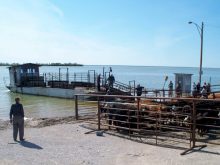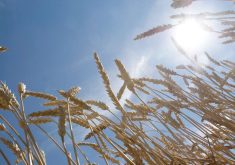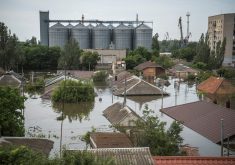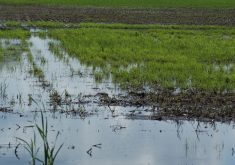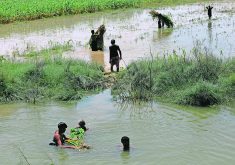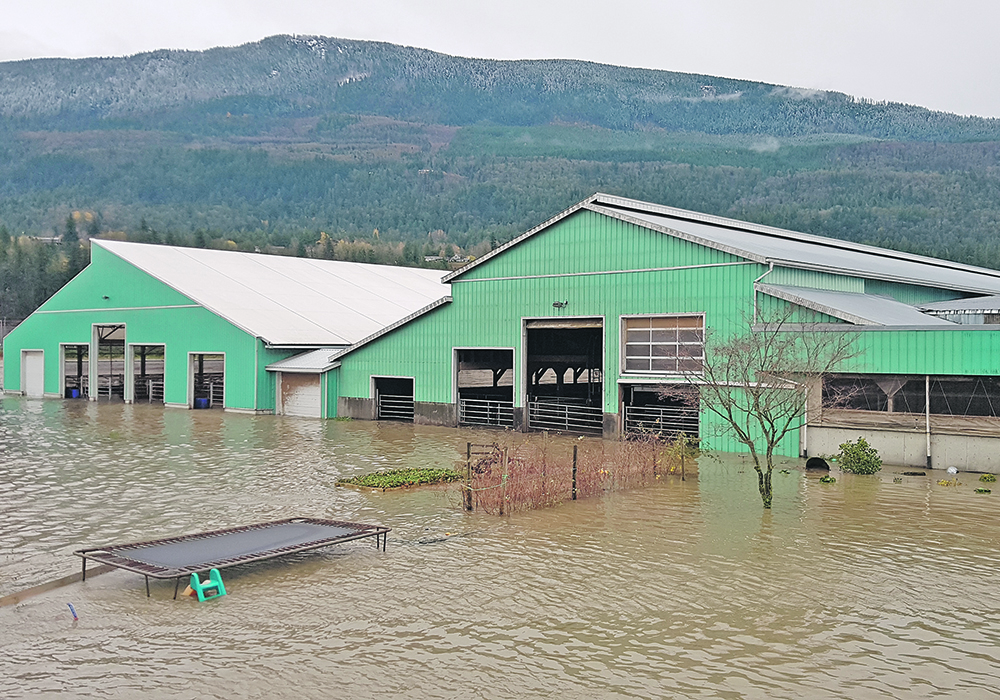If crop insurance data is an indicator, flooding may now be the most common plague in Saskatchewan.
Statistics from the Saskatchewan Crop Insurance Corp. show that excessive rain caused 49 percent of all crop losses from 2006-15. In comparison, drought was responsible for 18 percent of all losses during that decade.
Lorelei Hulston, the crop insurance corporation’s executive director for research and development, said the excess rain versus drought results were surprising.
“Being a Saskatchewan girl, I expect drought is going to float to the top,” Hulston said.
“(But) the last few years have been so wet the numbers reflect (the conditions)…. It’s been 10 years since we’ve had significant drought.”
The Saskatchewan crop insurance numbers are similar to Manitoba Agricultural Services Corporation data:
• Excess moisture caused 55 percent of the crop losses in Manitoba from 2005-14.
• Drought and heat caused 22 percent of the losses.
Crop production losses for 2016 won’t be known until the fall, but it’s a safe bet that excess rain will dominate claims in Saskatchewan this year.

A massive amount of rain fell on the province in the second week of July. Environment Canada said 24 Saskatchewan communities received more than 50 millimetres July 11-12.
Several towns in the northeast part of the province received nearly 100 mm of rain, swelling creeks and soaking cropland.
Drenched fields may be responsible for most of the crop loss claims over the last decade, but drought still presents the largest financial risk for the insurer.
“The total indemnity that we (pay) isn’t as significant in those wet years as it is in the big drought years,” Hulston said.
“In 2002, that was our biggest loss ever in the province. It was all due to drought. In a real drought year, (losses) are more significant than excess rainfall will be.”
Read Also
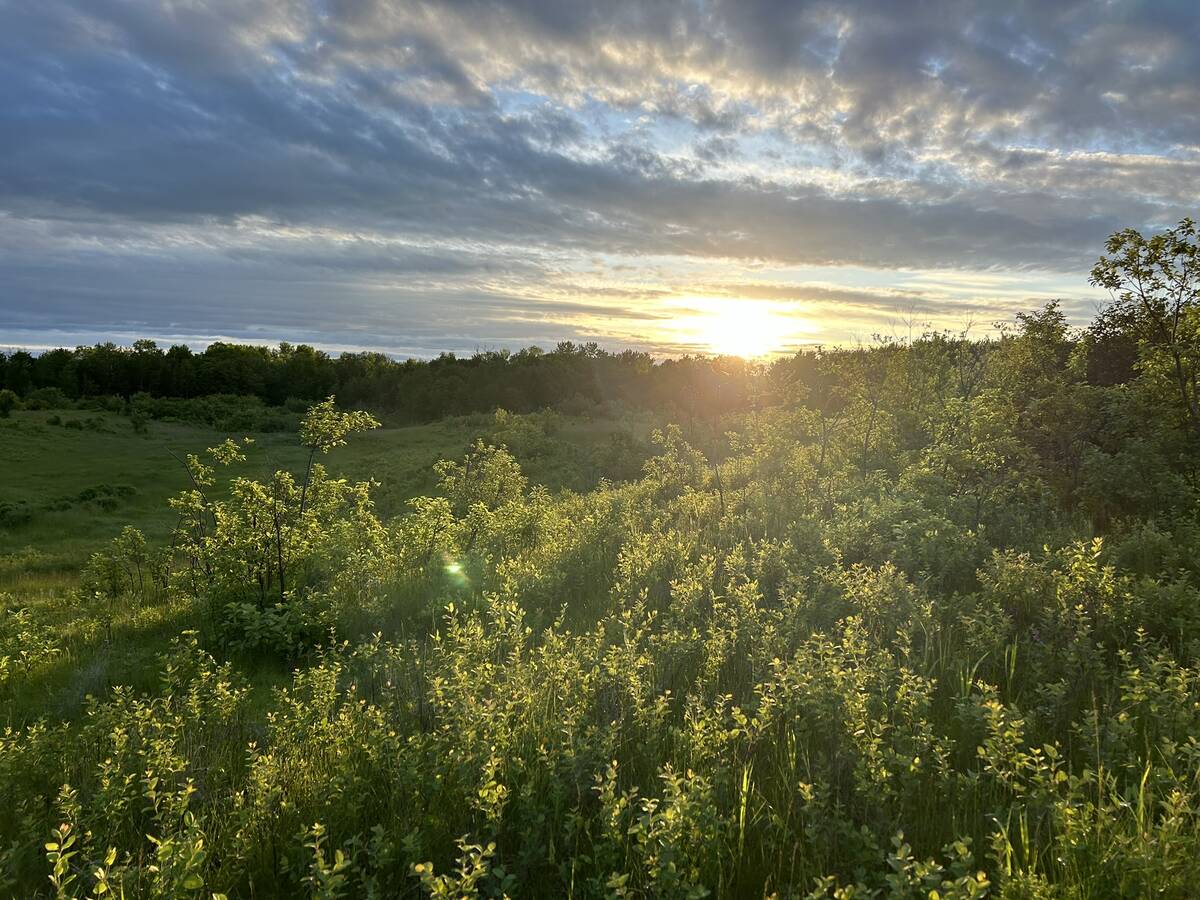
Manitoba farm group named finalist for national water innovation award
The Manitoba Forage and Grassland Association’s Aquanty Project for local hydrological modelling has earned them one of three finalist spots for a national award from Water Canada.
Insurance losses from a wet year are usually lower because the entire province is rarely inundated with water. Typically, if part of Saskatchewan gets too much rain, the other regions have a sufficient amount of precipitation.
“When it’s really wet here (eastern Saskatchewan), it means the west side is getting enough moisture and they’re pulling off good crops.”
Contact robert.arnason@producer.com






